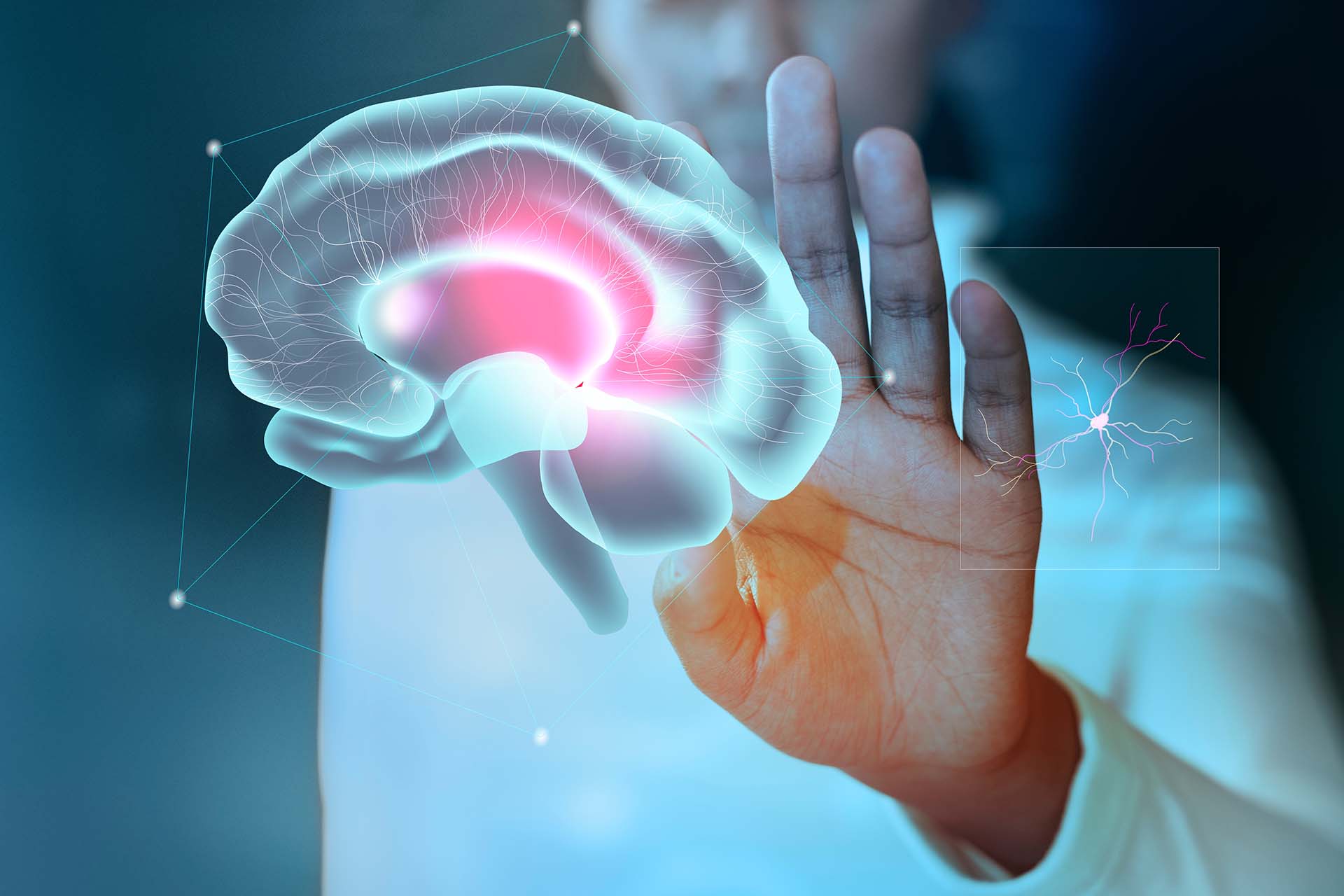
Prof. dr Dušan Vešović na Instagramu

- Each year, an estimated 15 million people globally experience a stroke.
- A person may have a better outcome following a stroke if treated quickly.
- In a new study, researchers used artificial intelligence and a single chest X-ray to predict a person’s 10-year risk of dying from a stroke or heart attack.
Each year, about 15 million people worldwide have a stroke, causing about 5 million deaths and leaving another 5 million permanently disabled. A person’s outcome following a stroke depends on how quickly they receive treatment once symptoms begin.
Researchers from Massachusetts General Hospital developed a deep learning model using artificial intelligence (AI) and a single chest X-ray to help predict a person’s 10-year risk of dying from a stroke or heart attack.
The results of the study were presented at the annual meeting of the Radiological Society of North America (RSNA) in Chicago.
Stroke is a type of cardiovascular disease (CVD). A stroke occurs when a person’s blood vessels to the brain become blocked or burst.
There are two main types of stroke:
• ischemic stroke is the most common type and happens through a blocked artery
• hemorrhagic stroke occurs if a blood vessel bursts, causing bleeding.
There are a number of stroke risk factors, including:
• age
• gender (men have a higher likelihood of stroke risk compared to women)
• race (African Americans are 50% more likely to have a stroke compared to white adults)
• family history
• high blood pressure (hypertension)
• smoking
• high LDL cholesterol
• - pre-existing heart disease.
Symptoms of a stroke can either develop very fast or slowly over hours or days. Typical symptoms of a stroke include:
• numbness or weakness, especially if only one side of the body
• inability to speak or understand speech
• vision issues
• dizziness and loss of balance
• severe headache
The American Heart Association (AHA) advises US citizens if suspect that someone may be having a stroke, FAST test should be done to identify the symptoms:
F: face drooping
A: arm weakness
S: speech difficulty
T: time to call 911.
Although doctors can treat a stroke, outcomes are determined by the stroke severity and how quickly a person receives treatment!
Istraživači su razvili model dubokog učenja koristeći veštačku inteligenciju za trenutnu studiju.
Researchers developed a deep learning model using artificial intelligence for the current study. The team used a CXR-CVD system that was “trained” to search more than 147,000 chest X-ray images from almost 41,000 participants in a cancer screening trial and spot patterns associated with cardiovascular disease. Although compelling, the new research is preliminary, and more long-term studies are still needed. Dr. Jennifer Wong, a cardiologist and medical director of noninvasive cardiology at Memorial Care Heart and Vascular Institute at Orange Coast Medical Center in Fountain Valley, CA, who was not involved in the study, said that future longitudinal studies could examine outcomes for people with different levels of risk as identified on a chest X-ray.
“Identifying people with higher risk for cardiovascular disease early is important, and more tools to help identify those at risk is always useful,” Dr. Wong told.
Source: https://www.medicalnewstoday.com/articles/stroke-researchers-use-ai-model-to-predict-10-year-risk-heart-disease.